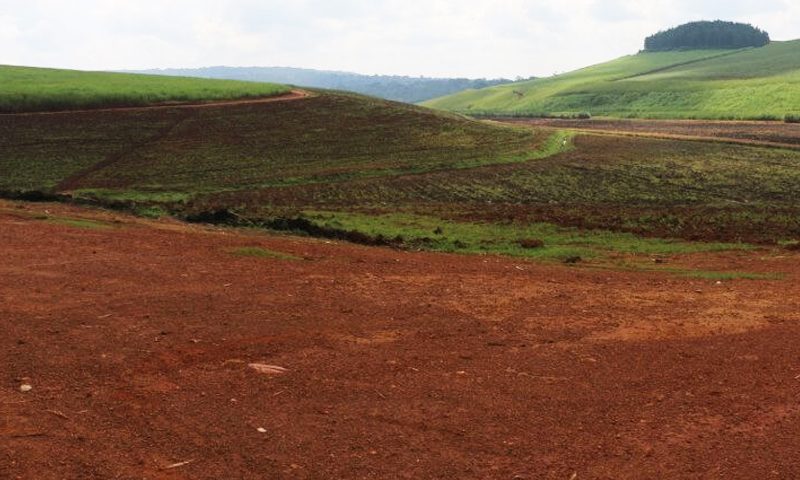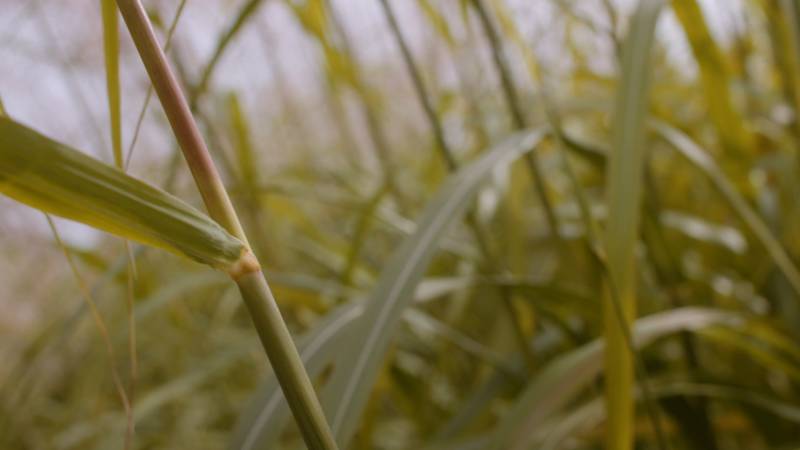Uganda: Forest Cover Declines to 9 Percent As Mabira Gives Way

Uganda grapples with indoor air pollution
September 27, 2017
The Green Elephant sustainable development goals
August 31, 2018Uganda: Forest Cover Declines to 9 Percent As Mabira Gives Way
By Paul TajubaAdded 28th September 2017
www.allafrica.comKampala — A government report has revealed that the country's forest cover has dropped to 9 per cent, representing a 3 per cent drop in just two years.
In 2015, a Joint Water and Environment Sector Review Report put the country's forest cover at 11 per cent, but the 2017 review released yesterday indicates that the country forest cover now stands at 9 per cent.
"The major challenge for forest management in Uganda is deforestation," reads part of the report.
The report indicates that thousands of hectares of Mabira forest, one of the biggest reserves in the country, have been "degraded or under stocked" after the Ministry of Water and Environment carried out a survey last financial year.
"4,755 hectares of Mabira were mapped as degraded or under stocked and 1,500 hectares of these are under restoration," reads part of the report.
Degradation of forests and wetlands has been attributed to the increasing population, high demand for charcoal and quest for land for agriculture, among others.
A 2016 Joint Water and Environment Sector Review Report that indicated forest cover has reduced from 24 per cent in 1990 to 11 per cent in 2015.
Scientists say there is a big link between vegetation cover, forests, livelihood and reducing emissions that result into climate change effects such as long dry spells and extreme temperatures.
The ecosystems act as a source of revenue through tourism earnings. For example, in the last financial year, the National Forest Authority ecotourism sites in Mpanga, Mabira, Budongo and Kalinzu central reserve forests received 11,358 tourists.
Mabira forest, which covers about 300 square kilometres (about 30,000 hectares), is located in Buikwe District, between Lugazi and Jinja towns. It has been protected as a reserve since 1932.
Speaking at the launch of this year's annual review yesterday in Kampala, Mr Paul Mafabi, the director of Environment in the Ministry of Water and Environment, appealed to government to increase law enforcers from the current 200 personnel to 600 to curb encroachments.
"We need to find alternative livelihoods to communities living in these fragile ecosystems," Mr Mafabi said, adding that government secured at least $24.1m (about Shs86.1b) for that cause.
"Between 1990 and 2005, natural forest estate outside protected areas reduced by 35 per cent (from 3.46 million hectares in 1990 to 2.3 million hectares in 2005).
Forests and wetlands are home to immense biodiversity, including rare bird species, insects, medicinal plants and core water catchments for different water bodies, including Lake Victoria and River Nile, on which government has constructed two hydropower dams.
With an estimated 10.9 per cent wetland cover of Uganda, the ministry has demarcated 167.7 kilometres of critical wetlands and restored at least 476 hectares, according to the report.
The ministry report also said access to safe drinking water in urban areas stagnated at 71 per cent, basic sanitation outside Kampala was at 85.5 per cent and the National Environment Management Authority issued 962 Environment Impact Assessments to protect the environment.
"Access to hand washing in schools has continued to be low with only 35 per cent of the schools having access to washing facilities," reads in part the ministry report.




